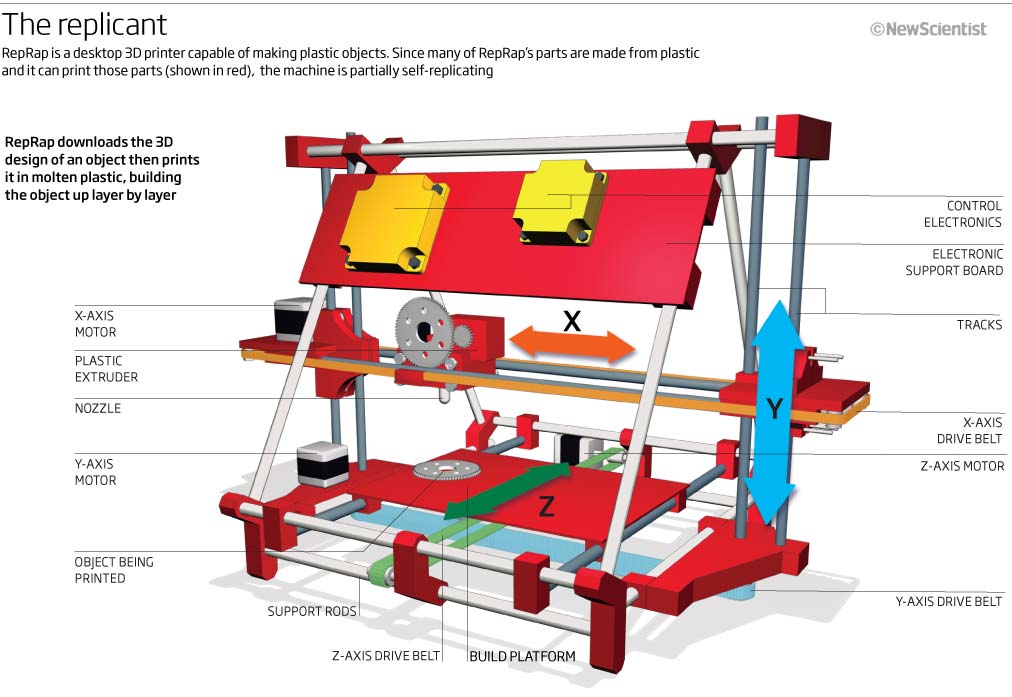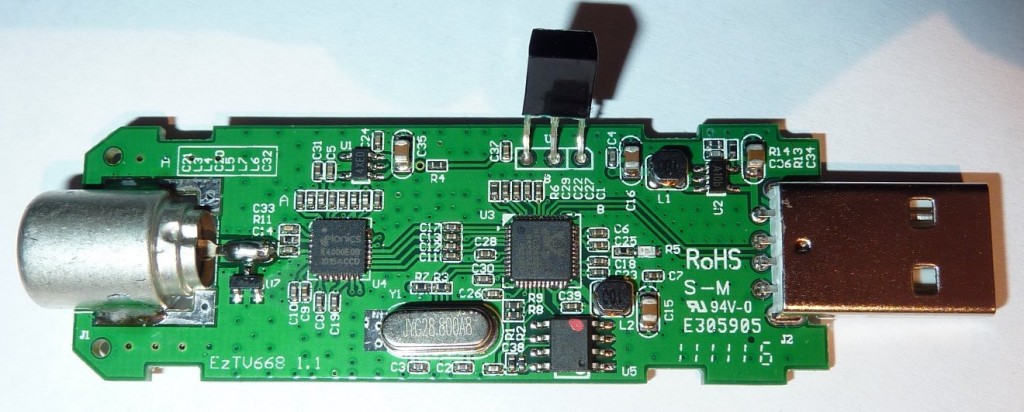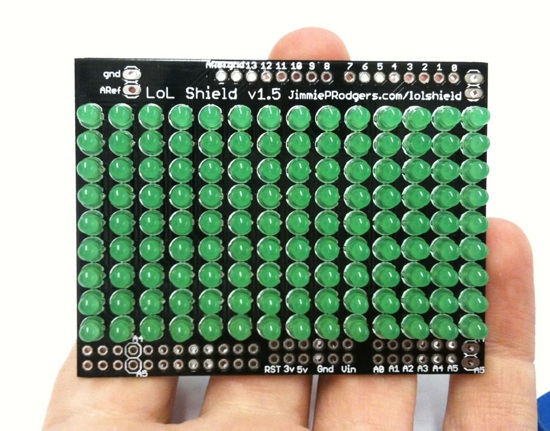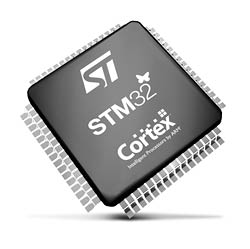The most popular hobby electronics platforms usually work at 5 V, but many times you need to interface your circuit with a high-end sensor which works at a lower voltage (ex. 3.3 V). It is quite easy to design your own low cost voltage level translators, using only discrete components.
Unidirectional high to low voltage level translator
This is an easy once, since it can be done only with passive components. The easiest high to low voltage level translator is a resistor divider.
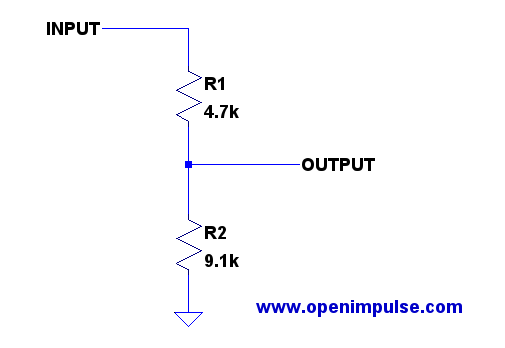
Since \(R_1\) and \(R_2\) form a resistor divider, the output voltage is only a fraction of the input voltage:

